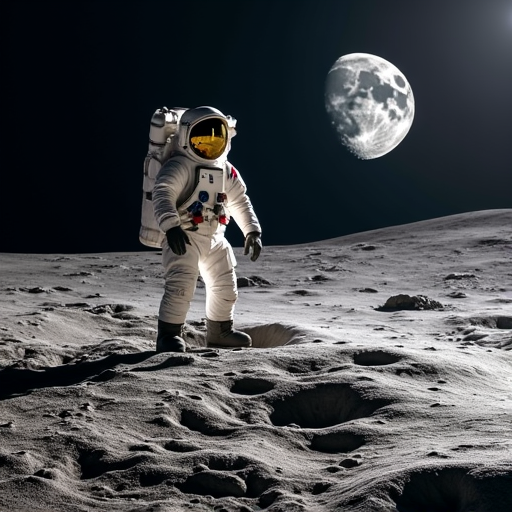
An unmanned lunar lander from the Japanese commercial company ispace likely crashed during a landing attempt on the moon's surface. Two years ago, the first lunar mission also ended in failure.
The lunar lander Resilience encountered issues measuring the distance to the moon's surface and couldn't slow down fast enough. After the presumed hard landing, ispace lost contact with the lander.
Tokyo-based ispace had hoped to join American companies Intuitive Machines and Firefly Aerospace, which successfully executed commercial moon landings.
Over 500 ispace employees, shareholders, sponsors, and government officials gathered in Tokyo to watch the live landing. Silence fell when contact was lost less than two minutes before the planned landing.
The cause of the failure remains unclear. Possible scenarios include propulsion system, software, or hardware issues, particularly with sensors, according to Ryo Ujiie, ispace's Chief Technology Officer.
In 2023, ispace's first lunar lander crashed due to altitude miscalculation. The software was improved since then.
Resilience carried a four-wheeled rover and scientific instruments from Japanese companies and a Taiwanese university, targeting Mare Frigoris, a plain about 900 kilometers from the moon's north pole.
